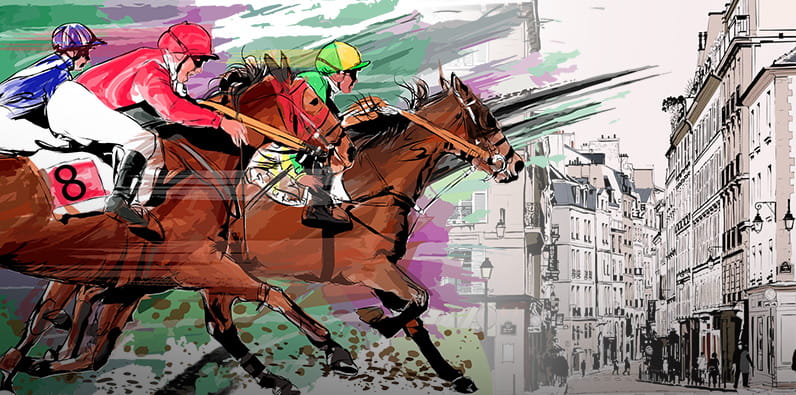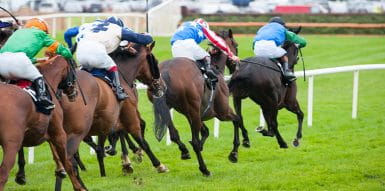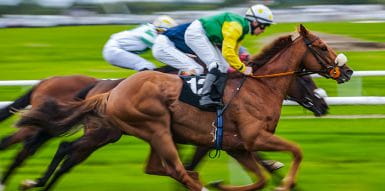He began the project after staging an equestrian event, a leg of the Global Champions Tour, during the Horse Guards Parade in London. There, the horses had a special artificial surface underfoot, which gave Phillips his idea. This artificial surface would be used at the locations for his City Racing project, with locations such as New York and Sydney proposed.
Together with a company that produces and provides these artificial racetrack surfaces, Phillips held a trial at Aintree last year, that went off without a hitch – “the surface has been rigorously tested and the feedback from jockeys and trainers has been positive”, Phillips said.
That, says Phillips, has led to his intention to launch the project this year. Speaking to the BBC, he said that “we are now in the process of talking to a number of cities about hosting races later in 2019 and 2020”. Towards safety and crowd control and engagement, Phillips said there would be a “pedestrian crowd barrier, two or three metres back from the edge of the track and people lined four or five deep, getting up close to these horses running at 30mph. That’s going to create a unique energy and buzz”.
Phillips has support from the Jockey Club, owner of numerous UK race courses. The club believes that the plans could help open the sport up to a newer, younger audience. However, despite safety measures already being laid out, the plans still need approval from the British Horse Racing Authority. Barriers, safety for the horses, and the surface itself, must all be approved.
While Phillips is optimistic about launching the plans this year, and even gaining approval for the first race next month, negotiations and approvals are tricky. Both city and horse racing authorities in the jurisdictions will need to agree and approve, while the event and logistics will then require months of planning.
Negotiations with London and Paris are reported to have stalled. But, Australia, Asia, the Middle East, and locations in the USA are all said to be potential hosts.
As for the race types, they would be handicaps featuring horses rated 0-90. Jockeys would then earn points based on their finishing position, and the overall winner would be he who earned the most overall points.
So, what of the chances of seeing horse racing on the cities’ streets in the near future? Phillips believes it’s more likely than not – “more 70-30 than 50-50 and I am probably being conservative with that”. However, it will take time, and at best Phillips hopes that there will be numerous events a year within the next five years.



